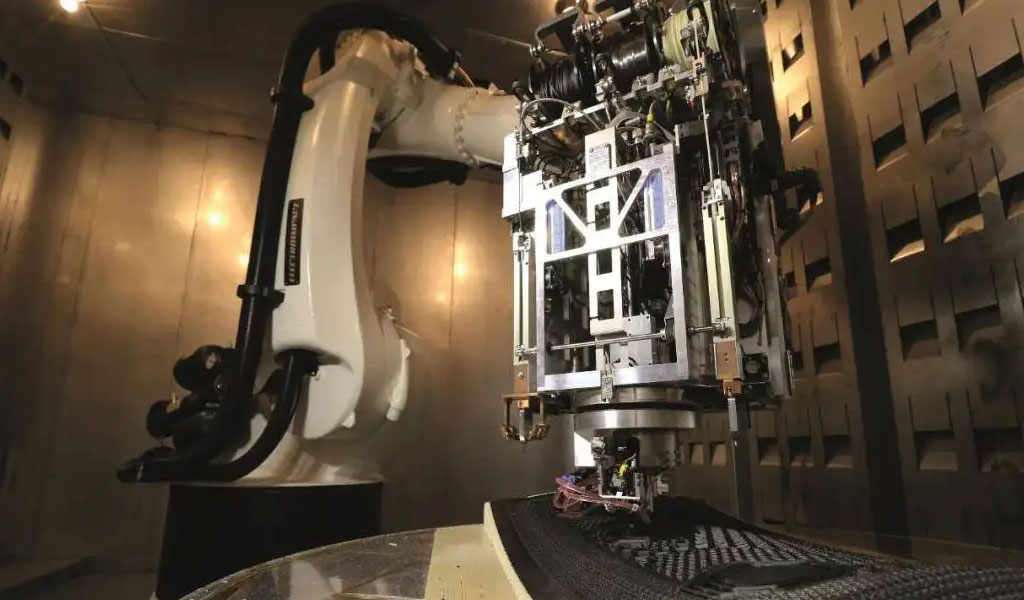When using a 3D printer to print a model, you can’t avoid the support aspect. Without support, those models that are overhanging or tilted will not be printed, so this is a troublesome aspect that can’t be avoided, so let’s talk more about this support.
When Do I Need A Support Structure?
When a model has an overhang or a bridge structure that has nothing underneath to hold it up, a support structure is required. Not all overhangs need to be supported. If an overhang is tilted at a vertical angle of less than 45 degrees, then it can be printed without support. The horizontal offset of the 3D printer movement between the connected layers is very small (barely noticeable). Thus, instead of one layer being completely superimposed on top of the previous one, a layer is instead superimposed on a smaller offset. This drives the printer to print overhangs that are not too vertically inclined. Any overhang less than 45 degrees can be held by the previous layer. 45 degrees is generally considered to be the critical angle. If the vertical is less than 45 degrees, no support is required. However, the situation varies from person to person and much depends on your printer, including the performance of the printer and the material you are using. A poorly performing printer may not be able to print a 35 or 40 degree vertical overhang!
Deficiencies In 3D Printed Support Structures
If you are using 3D printing in production, you will be concerned about the cost of each model. If you are a hobbyist on a tight budget, you may also be concerned about this issue. 3D printed support structures obviously increase the cost of the model. Support structures are material intensive, and some of this material is then removed and discarded. So every time a support structure is added to a 3D print, the cost of the model is increased. The support structure also increases the printing time. Post-processing work, such as removing the supports, increases. The support structure is attached to and placed on the surface of the model. If the 3D support is not removed carefully, it may leave defects on the surface of the model. In the worst case scenario, parts of the model may break off with the support structure. All in all, there are obvious drawbacks to the use of support structures. For this reason, support structures should be used sparingly and should only be added when necessary.
Types Of Supports
Tree support: A tree is a tree-like structure used to support the overhanging parts of a model. This type of 3D printed support is only connected to a few points of the overhang. The advantage of a tree support is that it is easier to remove and does not destroy the overhanging base too much. However, it is important to note that it is only suitable for non-flat overhangs such as nose tips, finger tips or arches. For flat overhangs, tree bracing does not provide sufficient stability.
Linear / bellows shaped support: The more common type of support used in 3D printing. This type of support consists of vertical columns, some of which are connected to the entire overhang. This type of support can be used in almost every overhang and span bridge. However, it is more difficult to remove and may then cause damage to the surface of the model.
Removing The Supports
First of all, look at the support structure and try to break it off with your fingers, wherever it is easy to do so without obstruction. Be as gentle as possible. If done correctly, most of the supports should come off very easily. Use a tool to cut off some of the supports in the corners. There are many different opinions on which tool is best to use. You can use a pair of pliers, a scraper or a carving knife. Naturally a combination can also be used. When using a knife or scraper, the model or blade can be heated moderately. This makes the support structure easier to remove. A small butane gun can be used, but make sure not to damage the model. Many people do not recommend using a carving knife as it is very sharp and dangerous. Sandpaper is also a good tool to use.
Chamfering
Another method of eliminating support structures is chamfering. Chamfering is a clever way of turning what would otherwise be an annoying overhang into a safe overhang with an angle of less than 45 degrees. In short, there are many times when the use of support structures is inevitable. But it is also important to try to ensure that the support structure is as stable as possible without wasting too much material, is easy to remove and does not damage the surface of the model.

